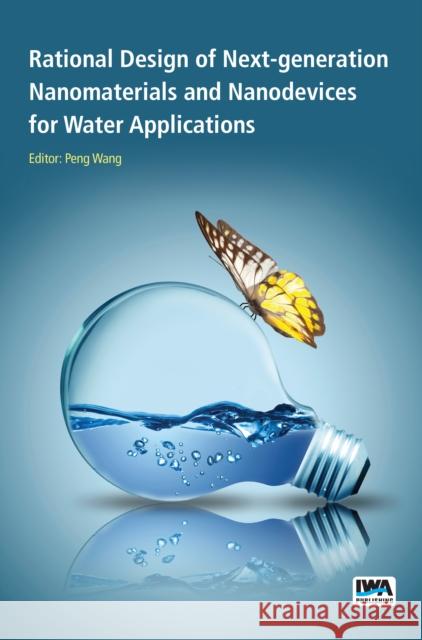Rational Design of Next-generation Nanomaterials and Nanodevices for Water Applications » książka
Rational Design of Next-generation Nanomaterials and Nanodevices for Water Applications
ISBN-13: 9781780406855 / Angielski / Miękka / 2016 / 156 str.
Rational Design of Next-generation Nanomaterials and Nanodevices for Water Applications
ISBN-13: 9781780406855 / Angielski / Miękka / 2016 / 156 str.
(netto: 465,53 VAT: 5%)
Najniższa cena z 30 dni: 483,81
ok. 30 dni roboczych
Dostawa w 2026 r.
Darmowa dostawa!
Despite the fact that nanotechnology has been present for a few decades, there is a big gap between how nanotechnology is perceived and what nanotechnology can truly offer in all sectors of water. The question to be answered is 'what more can we expect from nanotechnology' in the water field? The rational nano-design starts with well-defined problem definitions, necessitates interdisciplinary approaches, involves 'think-outside-the-box', and represents the future growth point of environmental nanotechnology. However, it is still largely new to the educated public and even scientists and engineers in water fields. Therefore, it is the purpose of this book to promote the concept of rational nano-design and to demonstrate its creativity, innovation, and excitement. This book presents a series of carefully selected rationally designed nano- materials/devices/surfaces, which represent drastically different, ground-breaking, and eye-opening approaches to conventional problems to embody the concept of nano-design and to illustrate its remarkable potential to change the face of the research in water industry in the future. Each of the book contributors is world-renowned expert in the burgeoning field of rational nano-design for applications. Rational Design of Next-generation Nanomaterials and Nanodevices for Water Applications is intended for undergraduates, graduates, scientists and professionals in the fields of environmental science, material science, chemistry, and chemistry engineering. It provides coherent and good material for teaching, research, and professional reference. Contents: Introduction to rational nano-design for water applications; Rational design of smart materials/surfaces with switchable oil wettability for sustainable oil-spill cleanup; Rational design of three-dimensional macroscale porous electrodes for bioelectrochemical systems; Design of (photo)electrochemical active membranes as next-generation filtration devices; Hierarchical materials as a design concept for multifunctional membranes; Rational design of functional nanoporous materials to confine water pollutant in controlled nano-space; A next-generation forward osmosis draw solution design; Rational design of magnetic permanently-confined micelle arrays (Mag-PCMAs) materials for sustainable water and soil remediation; Rational design of an all-in-one lab-on-chip device for direct seawater desalination; Design of micro-sized microbial fuel cells as miniature energy harvesters Author: Peng Wang, King Abdullah University of Science and Technology
Despite the fact that nanotechnology has been present for a few decades, there is a big gap between what nanotechnology is perceived and what nanotechnology can truly offer in all sectors of water. The question to be answered is what more can we expect from nanotechnology in the water field? The rational nano-design starts with well-defined problem definitions, necessitates interdisciplinary approaches, involves think-outside-the-box, and represents the future growth point of environmental nanotechnology. However, it is still largely new to the educated public and even scientists and engineers in water fields. Therefore, it is the purpose of this book to promote the concept of rational nano-design and to demonstrate its creativity, innovation, and excitement.This book presents a series of carefully selected rationally designed nano- materials/devices/surfaces, which represent drastically different, ground-breaking, and eye-opening approaches to conventional problems to embody the concept of nano-design and to illustrate its remarkable potential to change the face of the research in water industry in the future. Each of the book contributors is world-renowned expert in the burgeoning field of rational nano-design for applications.Rational Design of Next-generation Nanomaterials and Nanodevices for Water Applications is intended for undergraduates, graduates, scientists and professionals in the fields of environmental science, material science, chemistry, and chemistry engineering. It provides coherent and good material for teaching, research, and professional reference.











